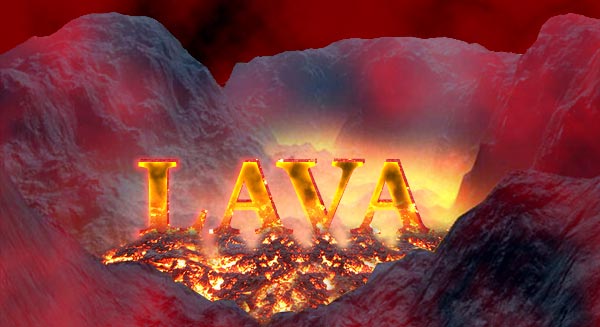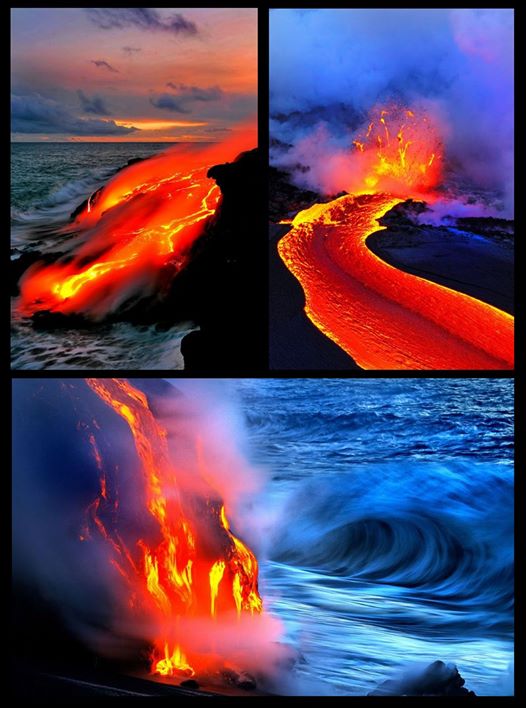
Most people have probably seen an interesting series of images that show lava meeting the cool waters of the ocean off the coast of Kalpana, Hawaii. If not, let me regale you with these amazing images:

Captured by Nick Selway and CJ Kale, these photographers stared into the face of possible death via hot lava (or at the very least, some horrific first degree burns) just for some kick ass images to add to their collection. Ultimately, they showcase what happens when a terrifying force of nature is neutralized by something as simplistic as water.
Now that you’ve seen what happens to lava when it comes in contact with water, I propose another question: What happens when boiling lava comes in contact with frozen water (i.e. ice)? Thankfully, you don’t have to wonder long.
The Experiment:
In 2013, a group of researchers from the Syracuse University Lava Project decided to see just what would happen if you mixed a huge block of ice and 660 pounds (300 kg) of lava. The team, led by geologist Jeff Karson (in collaboration with Bob Wysocki, a sculptor), went a step further by melting their own basaltic lava, a move that allowed them to mimic lava in its natural environment, like the conditions on the summits of snow-capped mountains where volcanic vents lie.
It took around four hours to melt the lava to the right temperature (about 1,100°C/2012°F to 1,350°C/2462°F), but the volatile substance was held much longer than necessary. Leaving it sitting at such temperatures—above basaltic magma’s boiling point—ensures that the substance is thoroughly melted and no longer has any undesirable components—like water, for example—that might give off a faux impression with the results.
See What Happens:
[mom_video type=”vimeo” id=”19260895″]
Wysocki and Karson’s paper, published in a 2013 edition of “Geology,” discussed one of the most important findings in the experiment: the huge lava bubbles that appear a few moments after the molten magma meets the block of ice. It’s believed that the bubbles are an effect created as a result of vaporization. In this scenario, its position above the melting ice creates palpable steam that rises as the materials start to vaporize, causing the lava to bubble up.
After witnessing a similar experiment, some students reported that the huge soccer ball-sized bubbles are rather flexible once they cool (which happens much more quickly than many people would anticipate). They are even semi-transparent…kind of like saran wrap.
The results are cool in and of themselves, but who doesn’t want to know just how long it takes for something unimaginably hot to destroy something incredibly cold?
